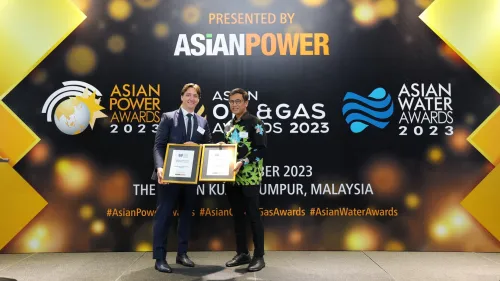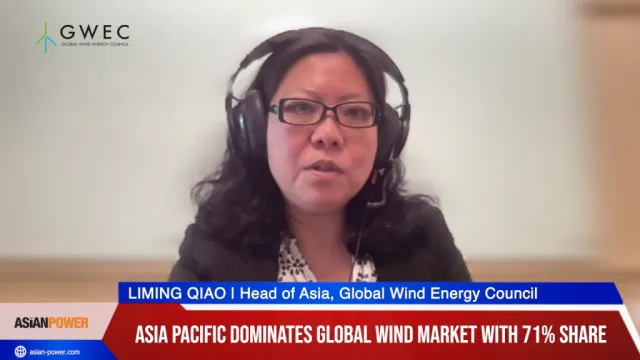China emerges as world's largest energy consumer in 2010, India way behind
China has surpassed the US as the world's largest consumer of energy in 2010, according to the BP Statistical Review of
World Energy released yesterday.
China's share of global energy is now 20.3% while it was 19% for the US. India's share was a meagre 4.4%
China's share of global coal consumption was a whopping 48.2% in relation to 14.8% only for the US and 7.8% for India.
The following picture emerges when a comparison is made between India with China :
At the end of 2010, proved reserves of oil were at 2 billion tonnes for China and 1.2 billion tonnes for India.
Despite being a large consumer, China's share of reserves of the global total was a meagre 1.1%, whereas India's share was 0.7%.
The R/P ratio was 9.9 for China and a much more favourable 30 for India. Clearly, China is eating up its reserves at a much faster
pace than India.
China's crude production was 4,071 thousand barrels per day in 2010, an increase of 7.1% over 2009 in comparison to 826
thousand barrels for India, an annual increase of 9.8%.
China's consumption of oil was 9,057 thousand barrels in 2010 in comparison to India's 3,319 thousand barrels.
China's refining capacity is also big, at 10121 thousand barrels per day in comparison to India's 3703 thousand barrels.
China imported 234.6 million tonnes of crude oil in 2010 in relation to India's 162 million tonnes. China imported 59.9 million tonnes
of petroleum products in comparison to India's 16.5 MMT. India's export of petroleum products was much larger at 57.2 MMT in
relation to 29.4 MMT by China.
China's gas reserves at the end of 2010 were at 99.2 trillion cubic feet (TCF) in relation to India's 51.2 TCF. China's R/P ratio for
gas was 24.7 in relation to India's 29.
China's gas production was 96.8 BCM in 2010, while India's was 50.9 BCM.
China's gas consumption was a 100 BCM and India's was 61.9 BCM.
China's proved reserves of coal was a massive 1,14,500 MMT, making up 11% of the world's reserves, while India's reserves were
at 60,600 TMT, approximating 7% of global reserves. The R/P ratio is 35 for China and 106 for India.
China's production of coal was a whopping 1,800 MMT, whereas India's output was just 216 MMT. China's coal consumption was
1,713 MMT while India's was 277.6 TMT.
China's hydel production was 161.1 million tonnes of oil equivalent (MTOE) as against India's 25,2 MTOE.
India's renewal energy output was just 5.0 MTPE in relation to China's 12.1 MTOE.
China's biofuel output was 1,399 MTOE, whereas India's was 151 MTOE.
Overall, China's primary energy consumption in 2010 was 2432 MTOE against India's 524 MTOE.


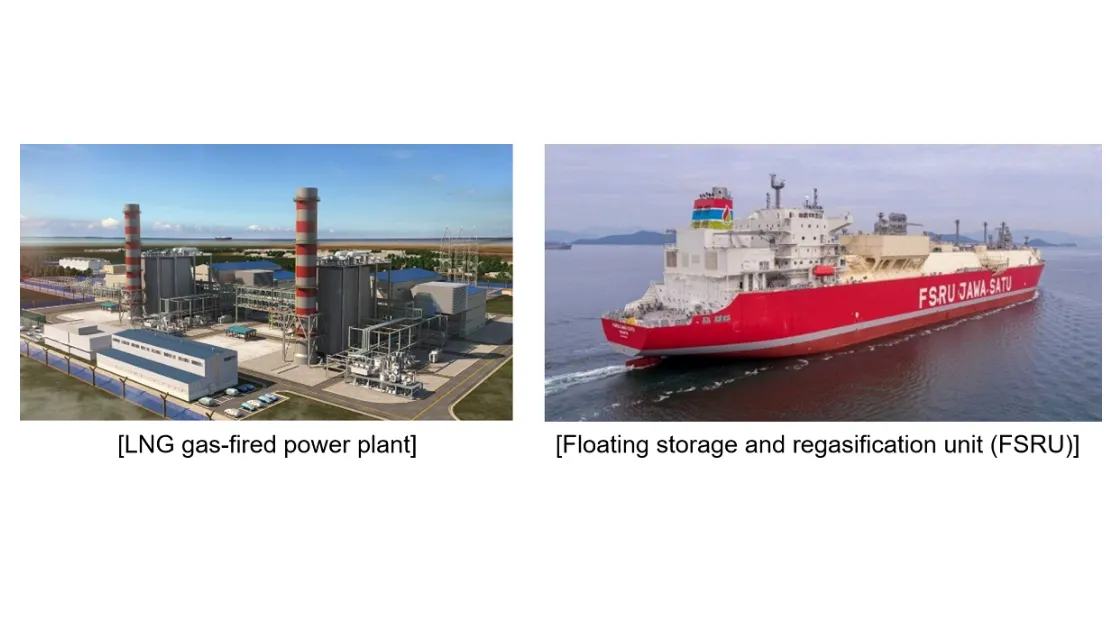
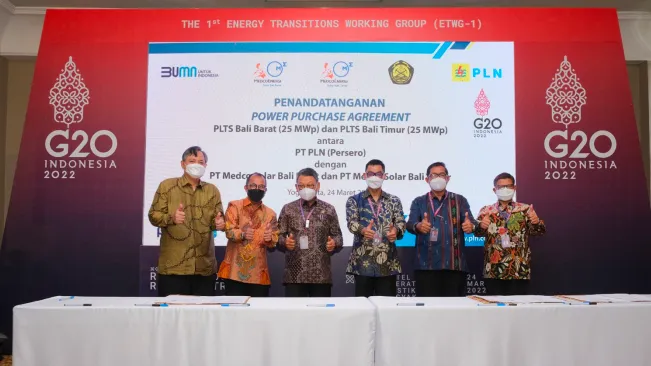





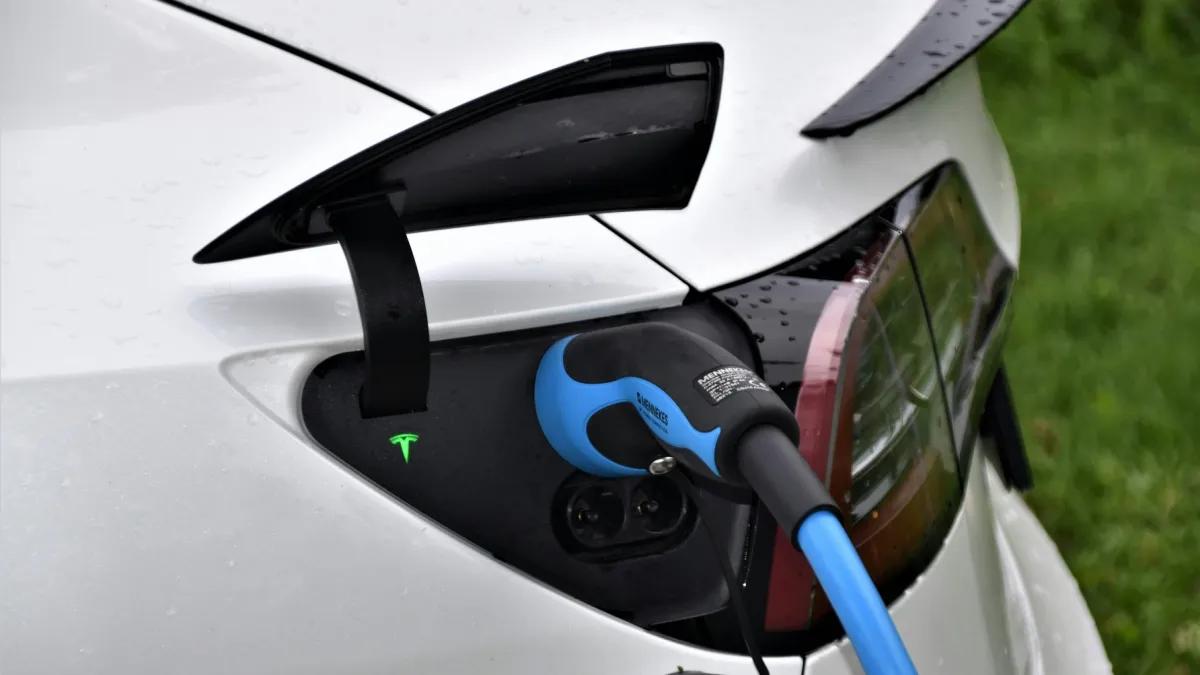



 Advertise
Advertise
